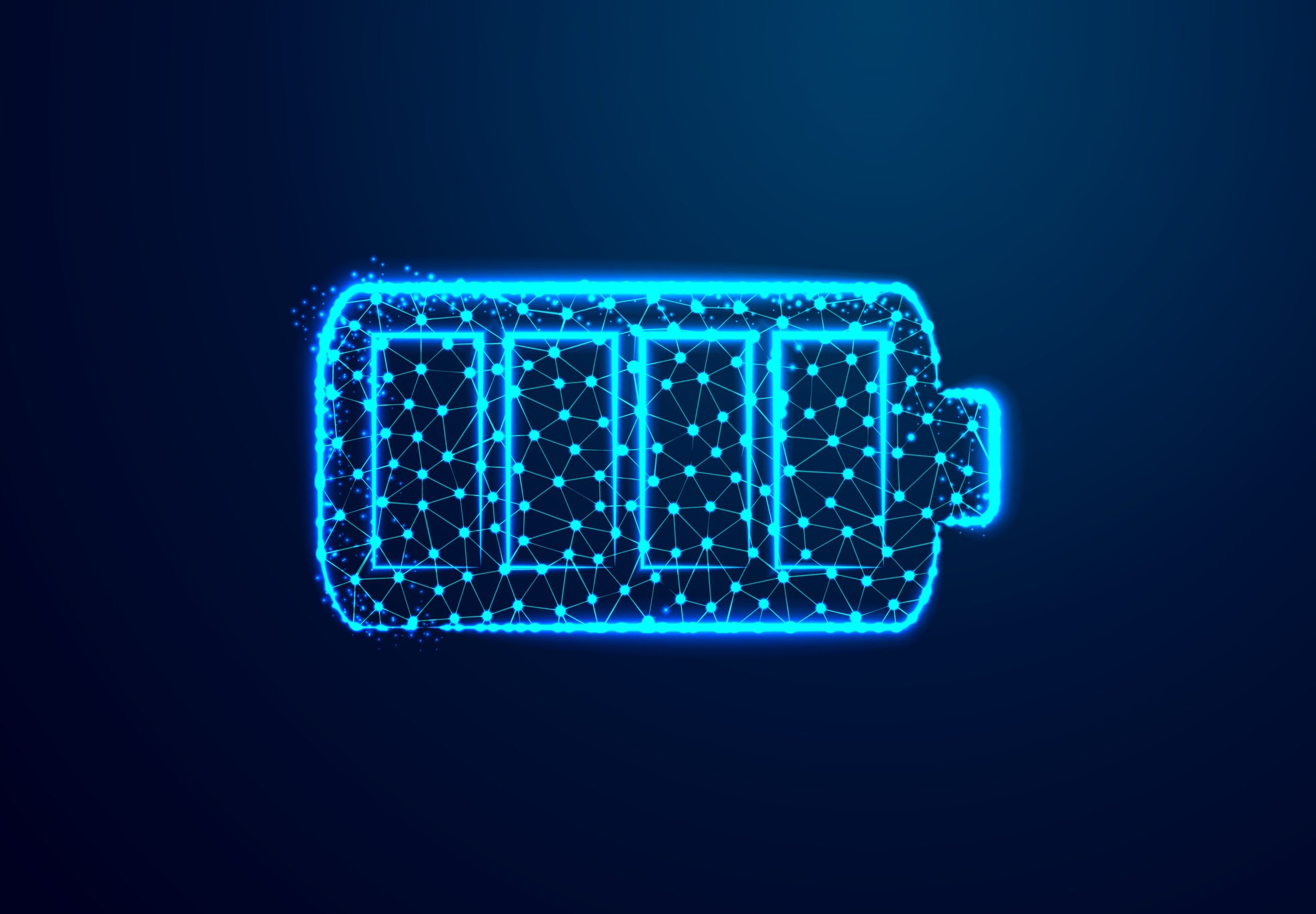lithium batteries They allow large amounts of energy to be stored over many cycles without loss of performance. Thanks to them, we can have fully electric vehicles or store excess renewable energy for when sources are not so favorable. There are many advantages, but there are also disadvantages because lithium scarce, expensive and harmful to the environment. To solve all this, there is an alternative based on sodium batteries; but unfortunately, their performance at typical temperatures is significantly lower than that of lithium batteries. Therefore, a group of scientists from University of Chicago researched until she found a solution that could finally make these batteries viable.
The process they used was already well known in materials science. However, it has never been used to produce solid electrolytes for making batteries.
The fact that a process for this purpose has never been carried out leaves many unknowns open; but, fortunately, the first tests went well. Does this mean we can now have sodium batteries? Not so fast. But this is a big step forward to put an end to almost monopoly on lithium batteries.
What is the difference between lithium batteries and sodium batteries?
Roughly speaking, the difference between lithium and sodium batteries is minimal. Both batteries have two electrodes and an electrolyte. The first electrode is the anode, the second is the cathode. The cathode is where the metal in question is typically dispersed within the molecule. For example, in the case of lithium batteries, lithium oxide is typically used. There may be other metals, for example cobalt, nickel or manganese.
When the battery is charged, lithium flows to the anode through a substance known as an electrolyte. The anode is usually composed of graphite because it is a molecule that can easily intercalate and release lithium. Therefore, when the battery is charged, the lithium is stored in graphite until the maximum charge is reached. However, when loading lithium is released to the anodein a reaction that generates electrons and therefore electric current. This is a completely reversible and very effective process.
Exactly the same thing happens in the case of sodium batteries. The only difference is that lithium is exchanged for sodium. This may seem like a minimal change. After all, both are elements of the first group of the periodic table and have a lot in common. However, with sodium batteries there is always a decrease in performance.
How is this resolved?
These scientists tested different conformations of sodium to find the one that provided the best performance in batteries. This optimal conformation turned out to be quite common in materials science it’s getting hot sodium hydrogen borate until a crystal is obtained, which is then cooled to preserve the structure. The result is a metastable sodium phase that can be used in the cathode of sodium batteries.
On the other hand, these scientists tried to coat the cathode chloride-based solid electrolyte. This will lead to a much more efficient electrode with more active materials and therefore better performance. In addition, the cathode was thicker, so it could store more energy in the same area.
Scientists believe this could lead to industrial scalealthough at the moment this has only been done on a laboratory scale. Goals have long been set: by 2030, 23% of this type of storage should be in sodium batteries. Thanks to this discovery, achieving goals can be made easier with all the benefits it means for the environment and our pockets. These are all benefits.
Source: Hiper Textual













